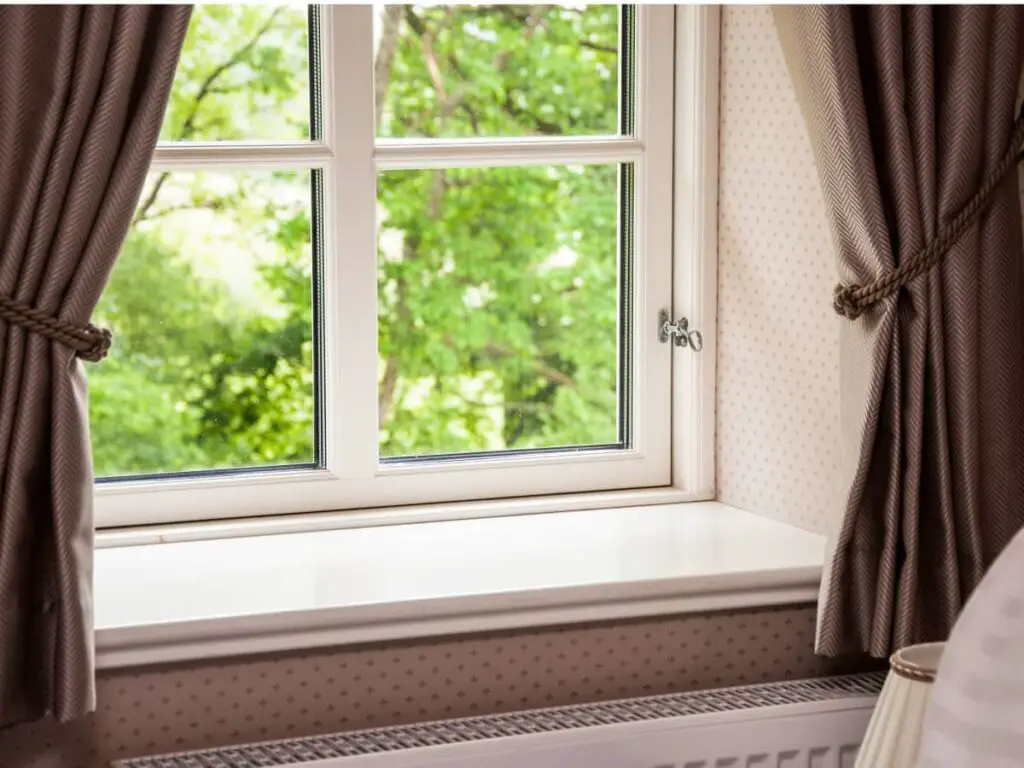In the world of interior design, understanding the nuances of curtain terminology is crucial for selecting the perfect window treatments that elevate both the functionality and aesthetics of any space. This comprehensive guide demystifies the various parts and terms associated with curtains, helping homeowners and designers alike make informed choices.
Header Types: The Top of Your Window Dressing
The header of a curtain refers to the top section, which is crucial for how the curtain hangs and drapes in front of a window. Different types of headers offer distinct styles and functionalities:
- Rod Pocket: A common design where the curtain fabric is sewn to create a pocket that slides directly onto the rod. This type is ideal for a casual look and is generally used with lightweight to medium fabrics.
- Tab Top: Features loops of fabric, or tabs, at the top that slide onto the rod. Tab top curtains are easy to hang and provide a laid-back, whimsical appearance.
- Grommet Top: Incorporates metal rings punched into the fabric. These curtains slide easily and have a sleek, modern look that works well in contemporary settings.
- Pinch Pleat: A more decorative header that gathers the fabric at the top to form pleats. Pinch pleats add a touch of elegance and are suitable for more formal rooms.
Curtain Rods: More Than Just Support
Curtain rods do more than just hold up your curtains. They contribute to the style and overall impact of your window treatments:
- Standard Rods: Typically adjustable and can be made of metal, wood, or plastic. These are versatile and can be used with most curtain types.
- Return Rods: Also known as French rods, these curve at the ends to allow curtains to return to the wall, helping block out light and providing a polished look.
- Tension Rods: Perfect for light curtains and are installed without screws or hardware, using tension to stay in place. Ideal for rental properties or temporary setups.
Curtain Rings and Finials: The Finishing Touch
To achieve a cohesive look, consider the small details like curtain rings and finials:
- Curtain Rings: Enable curtains to glide smoothly along the rod and can add a subtle decorative element. Rings are particularly useful with heavier fabrics.
- Finials: Decorative end caps for rods that come in various designs, from simple to ornate. They can complement the room’s decor and are an easy way to add a stylistic flair.
Choosing the Right Fabric and Color
The material and color of your curtains play a pivotal role in their function and integration into your room’s design scheme:
- Light Fabrics: Such as cotton or linen, offer a crisp, airy feel, suitable for casual settings and areas where you desire natural light.
- Heavy Fabrics: Like velvet or brocade, provide insulation and block out light, making them ideal for bedrooms and formal spaces.
- Color Selection: Should align with the room’s color palette. Neutral colors offer flexibility and longevity, while bold or patterned curtains can act as a focal point.
Maintaining Your Curtains
Proper maintenance ensures your curtains remain beautiful and functional for years. Regularly dust or vacuum with an attachment to remove surface dust. For deeper cleans, check the fabric care instructions—some may be machine washable, while others require professional cleaning.
Installation Tips
- Measure Correctly: Ensure you measure the window’s width and height accurately before purchasing curtains and rods.
- Higher and Wider: Mount the rod higher and extend it wider than the window frame to make the window appear larger and allow more light when the curtains are open.
By understanding the various parts and functions of curtains, you can better navigate the vast options available and choose the right window treatments for your space. Remember, it’s not just about covering a window but enhancing the room’s overall aesthetics and functionality.


